When anxiety strikes, the instinctive reaction is often to push it away. People try to suppress their fears or avoid uncomfortable emotions, believing this will bring relief. But this avoidance is what keeps the anxiety cycle alive. Letting in—allowing yourself to experience emotions without resistance—is the first step to breaking free from the mental patterns that perpetuate anxiety and nervous system dysregulation.
Anxiety thrives on resistance. The more you fear certain emotions or sensations, the more your mind fixates on them. This creates a feedback loop: You feel anxious, fear that anxiety, and in turn, trigger even more anxiety. The nervous system gets caught in a state of heightened alert, constantly scanning for threats, even when none exist. Each time you push away uncomfortable feelings, you reinforce the message that they’re dangerous, which keeps the cycle going.
Letting in is a way to interrupt this loop. Instead of running from anxiety, you allow yourself to sit with it. You acknowledge the discomfort without labeling it as “bad” or something that must be eliminated. This simple shift reduces the fear of emotions and gives your nervous system the signal that you are safe, even in the presence of uncomfortable feelings.
Imagine anxiety as a wave. If you resist it, you get caught in the undertow, struggling against it. But if you let it wash over you without resistance, the wave passes more quickly. Emotions work the same way. By letting them in, you allow them to flow naturally without creating more fear or tension.
Many people fear that if they let anxiety in, it will overwhelm them or never go away. But the opposite is often true. The more you resist emotions, the more they persist. When you let them in—naming the emotion, acknowledging its presence—you remove their power. For example, if you say, “I’m feeling anxious right now,” and simply observe the sensation without judgment, you’ve taken the first step toward breaking the cycle of fear.
Letting in also helps regulate the nervous system. When you accept your emotions instead of resisting them, your body can shift from a state of hyperarousal (fight-or-flight) to a calmer, more balanced state. Over time, this practice reduces the overall intensity and frequency of anxiety episodes.
Here are a few simple ways to begin letting in:
Pause and take a deep breath. Notice where you feel tension in your body, and name the emotion you’re experiencing.
Allow the emotion to exist without trying to fix or change it. Say to yourself, “It’s okay to feel this way right now.”
Remind yourself that emotions are temporary. They will pass, like clouds in the sky, if you don’t hold onto them.
Remember the key concept that I teach in all of my programs. Uncomfortably emotions are loving messengers that come into our lives for three main reasons:
- Something in your past needs to heal
- Something in your present needs to change.
- You have a toxic or limiting belief.
Please reach out if you need help overcoming your anxiety or identifying the subconscious processes driving your fears.
Breaking the anxiety feedback loop takes practice, but letting in is a powerful tool for creating lasting change.
By facing emotions with curiosity instead of fear, you can shift your relationship with anxiety, calm your nervous system, and create space for peace and balance in your life.


